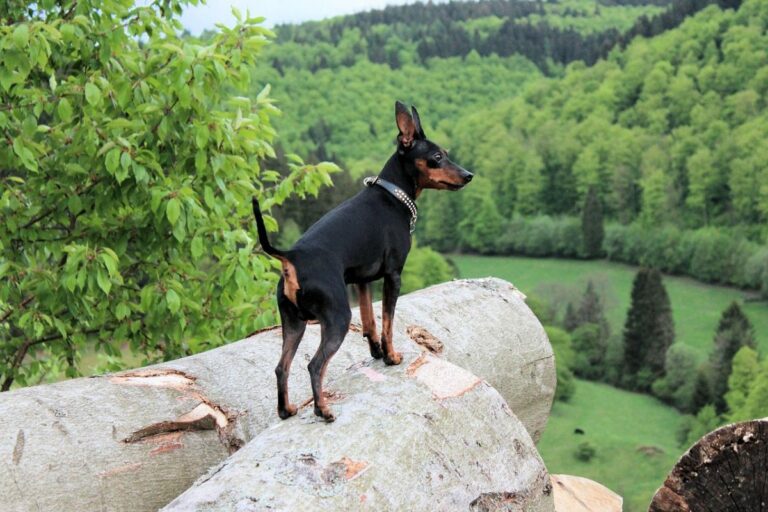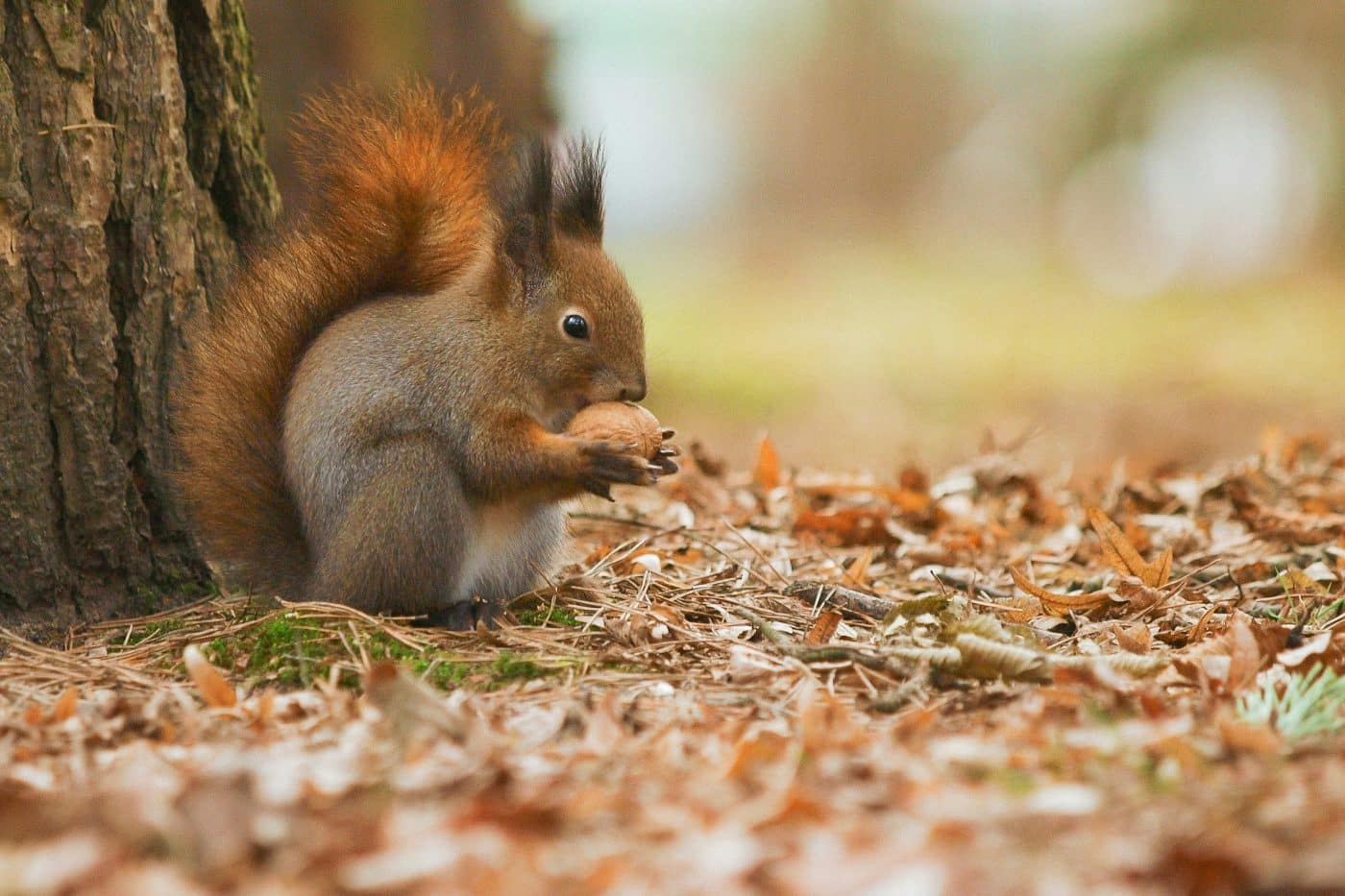 Shutterstock
Shutterstock
Urban jungles aren’t just for humans—wild animals have mastered the art of adapting to city life. With sharp instincts and remarkable resourcefulness, these creatures thrive in fast-paced, bustling environments. They transform concrete landscapes into their own domains, overcoming challenges and finding food, shelter, and safety in the most unexpected places. These resilient animals prove that no matter how urbanized our world becomes, nature will always find a way to survive and flourish, coexisting seamlessly with human-made environments.
Raccoon
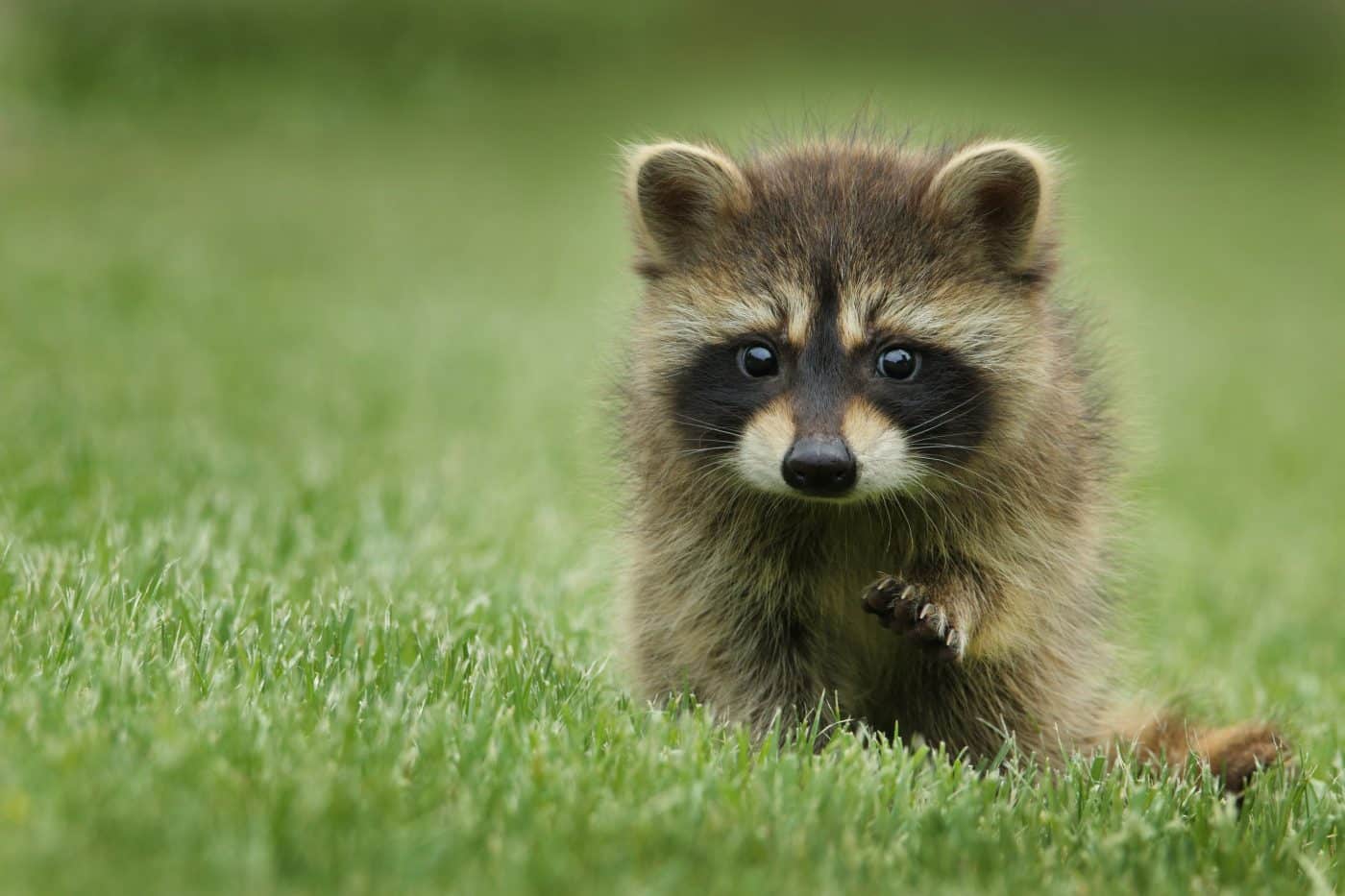

Raccoons have become iconic city dwellers, known for their ability to break into trash cans, cupboards, and even homes with ease. With their dexterous paws, they navigate the urban environment like pros, using their intelligence to scavenge food and build makeshift shelters. Whether on rooftops or rummaging through alleyways, raccoons have figured out how to survive and even thrive in cities. Their cleverness and adaptability make them the undisputed champions of urban survival.
Pigeon
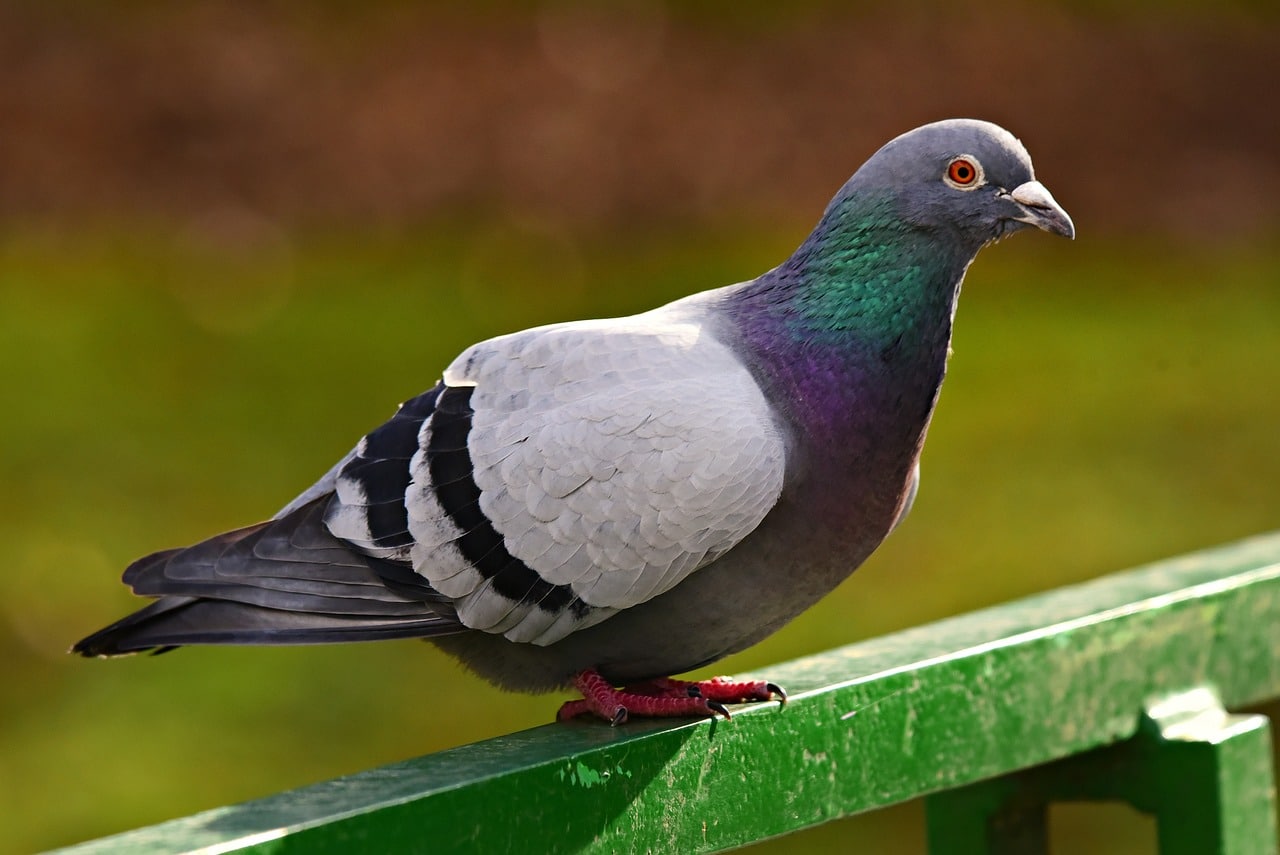

Pigeons are the ultimate urban birds, mastering the art of city living for centuries. Originally domesticated, they have become experts at navigating crowded streets and skyscrapers. Pigeons scavenge for food wherever they can, from breadcrumbs to discarded snacks, making them one of the most resourceful animals in the city. Despite being everywhere, they’ve managed to carve out a space in our bustling cities, proving they’re truly urban survivors.
Sloth
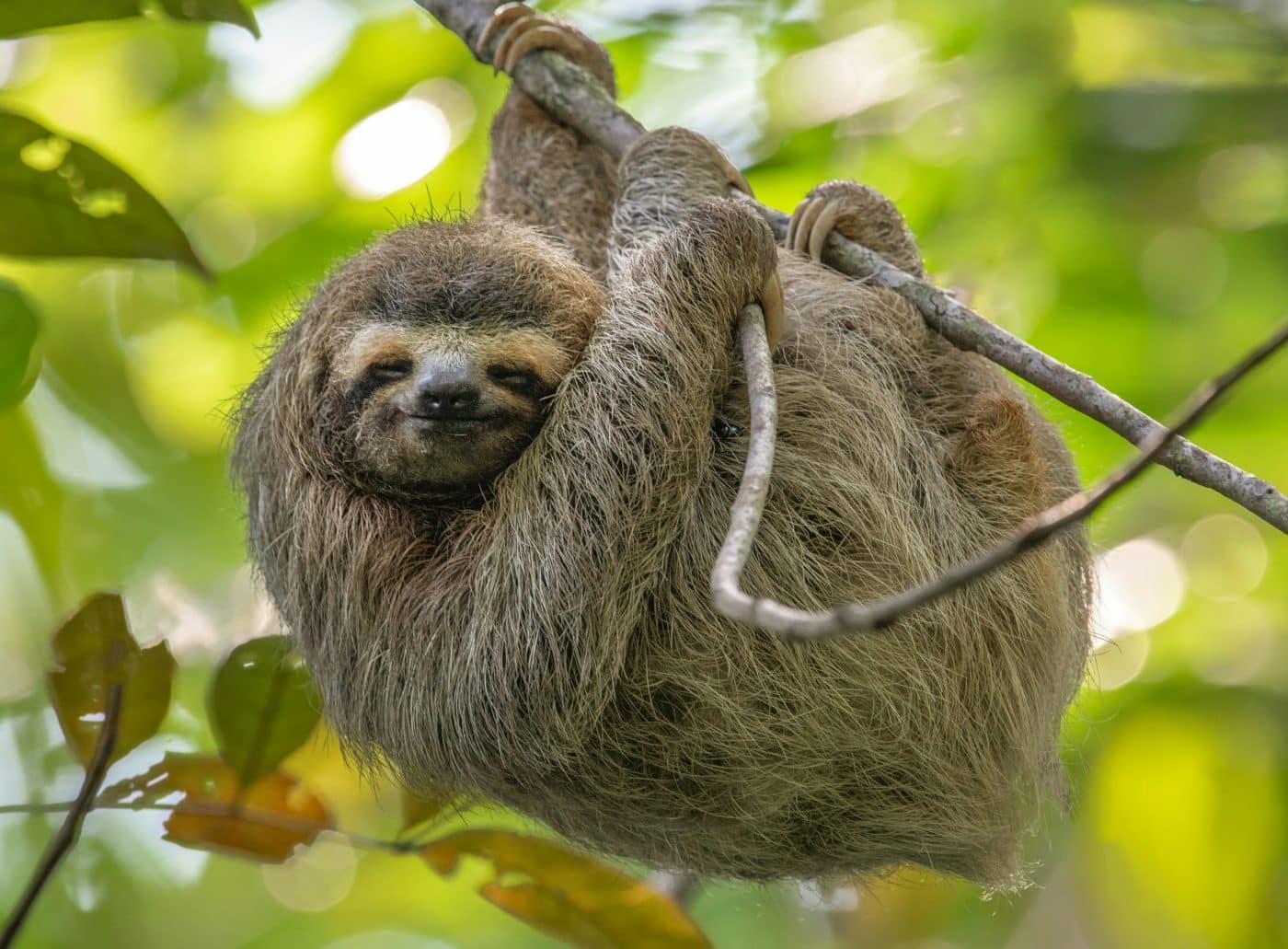

While typically associated with rainforests, sloths have made surprising appearances in urban areas. Moving slowly, they blend in seamlessly with the greenery in parks and backyards, where they munch on leaves and flowers. Their laid-back attitude fits well with city life, offering a calming presence amidst the urban chaos. Though they’re not fast movers, sloths are perfectly adapted to their new urban environments, proving that even the slowest of animals can thrive.
Coyote
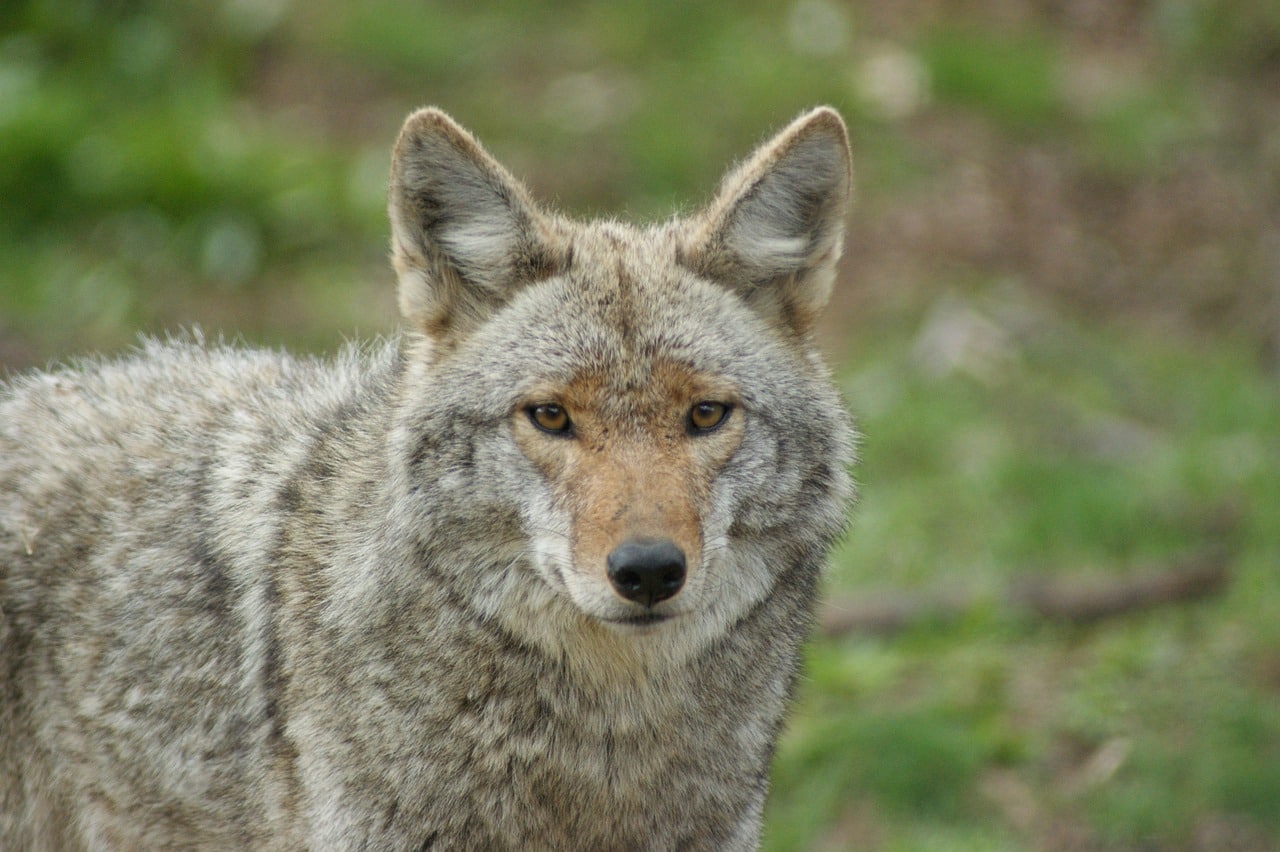

Coyotes are stealthy urban adventurers, cleverly navigating cities and suburbs in search of food. These resourceful predators have learned to avoid traffic and humans, hunting small mammals or scavenging leftovers from fast food joints. Coyotes are increasingly seen in parks, alleyways, and even residential neighborhoods. Their ability to adapt to urban sprawl shows that even large predators can coexist with humans and thrive in city settings.
Crow
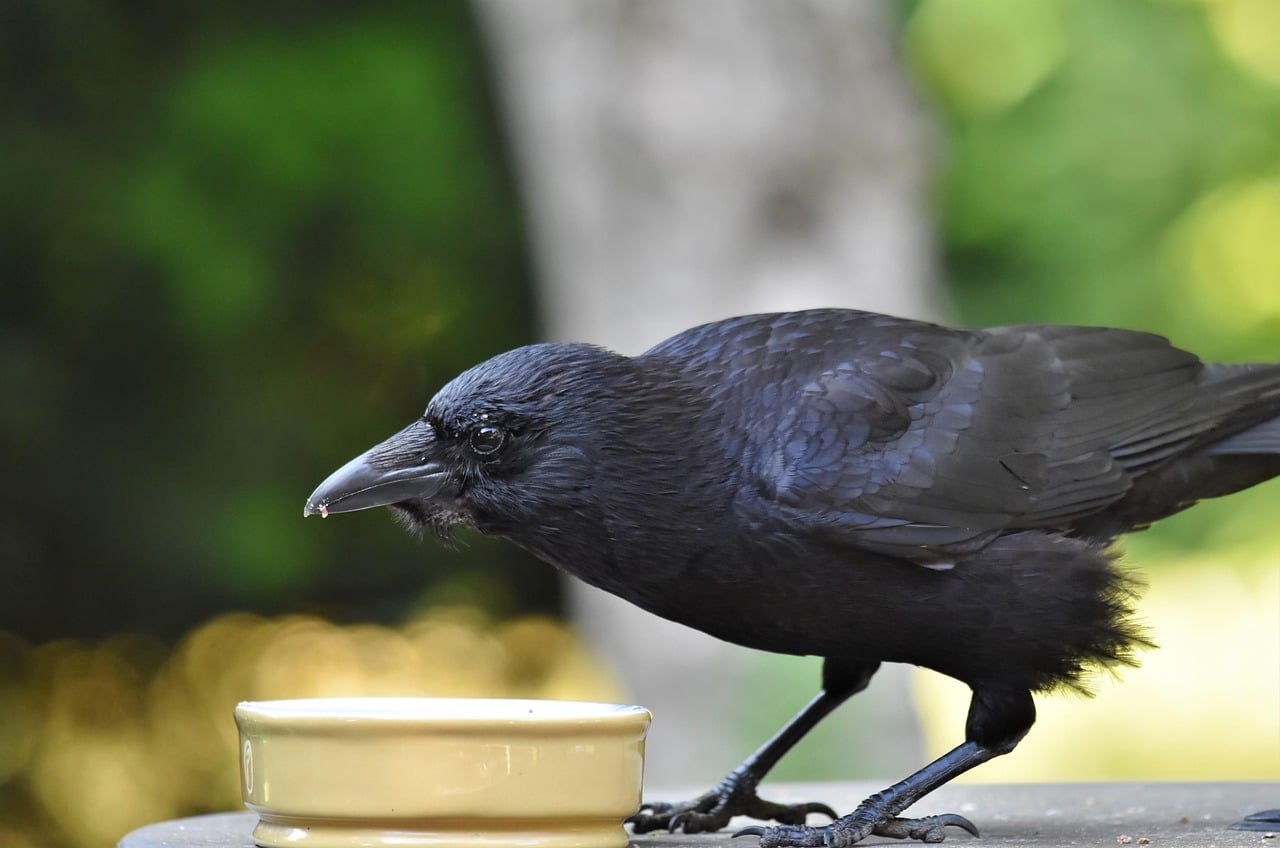

Crows are unmatched when it comes to intelligence, and their smarts make them ideal city dwellers. These birds use tools, solve puzzles, and even remember human faces. In cities, they scavenge for food, often finding innovative ways to get their meals, like cracking open nuts on busy streets or stealing food from unwary pedestrians. Crows’ ability to adapt to any environment and work together makes them one of the most impressive urban survivors.
Red Fox
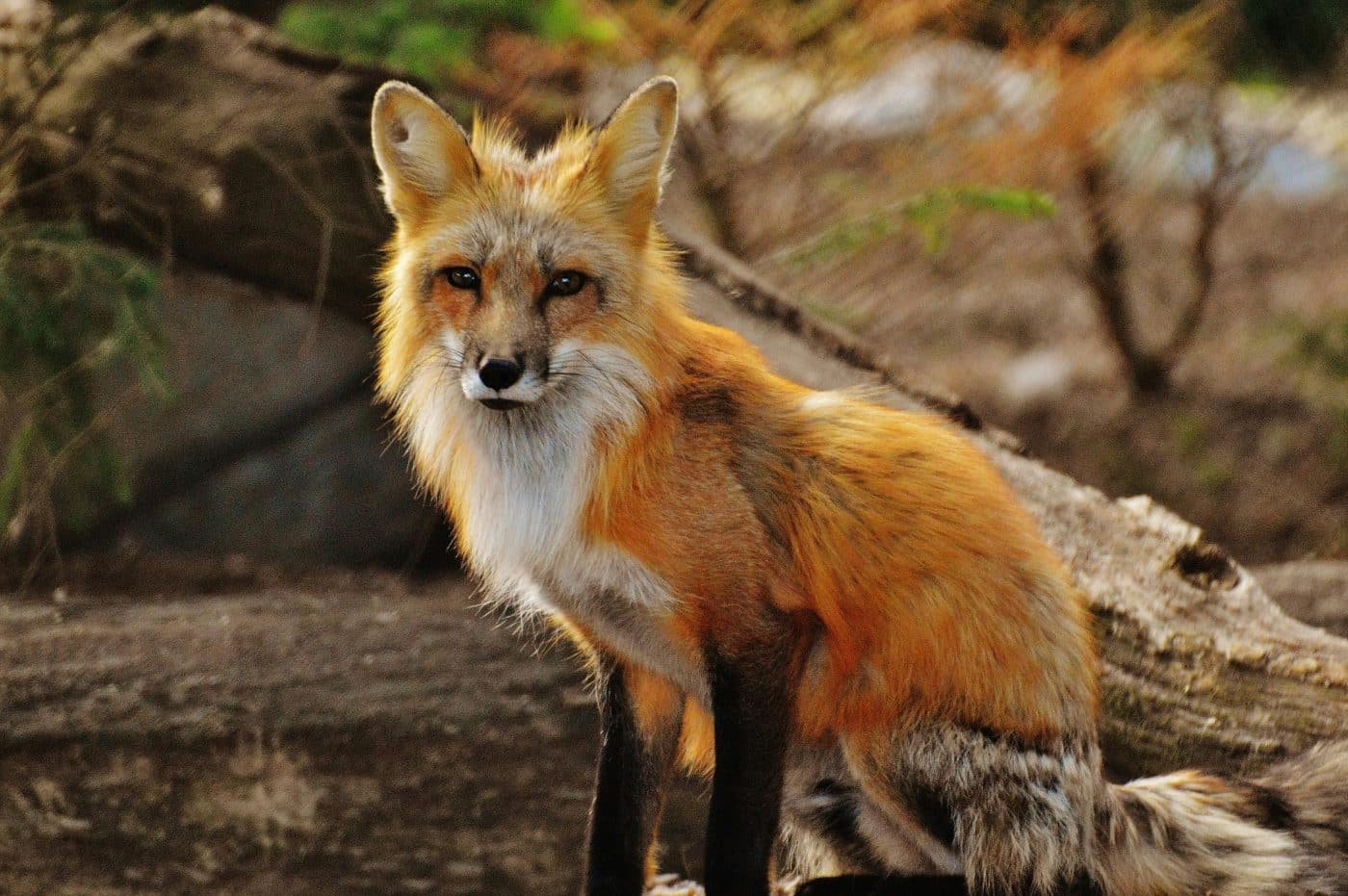

Red foxes have become increasingly common in urban areas, where they adapt their hunting skills to take advantage of human food sources. These resourceful animals thrive on a diet of small mammals, birds, and scraps found in parks or backyards. Their sleek, agile bodies and quiet movements allow them to blend seamlessly into city life. Often seen in suburban streets or alleys, these curious creatures are both charming and elusive, making them one of the most fascinating urban residents.
Squirrel
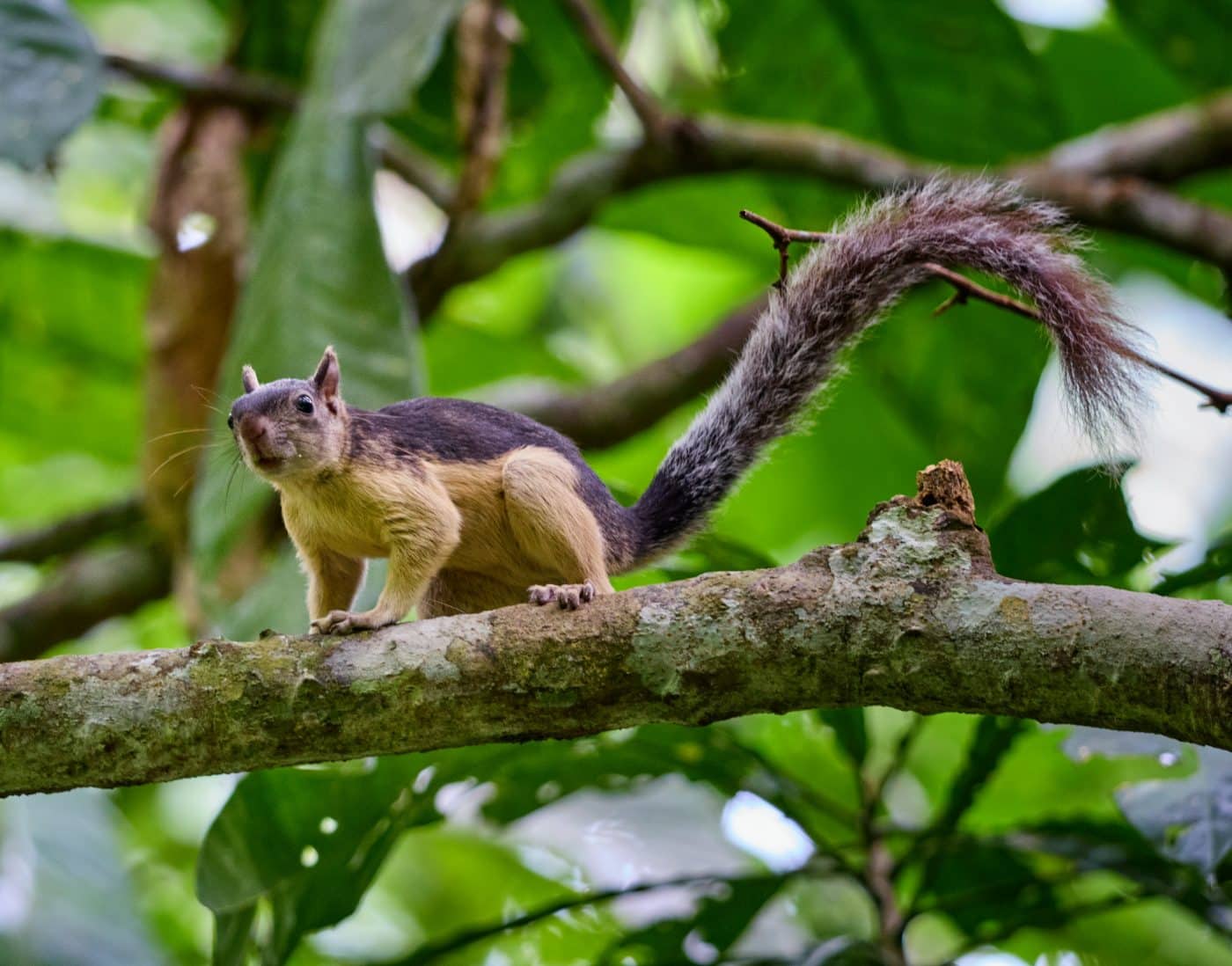

Squirrels are the acrobats of the urban wilderness, darting through parks, climbing trees, and leaping between buildings. Their resourcefulness allows them to find food anywhere, from parks to busy streets. With their quick reflexes and expert climbing abilities, they make even the most challenging urban environments their playgrounds. Whether foraging for nuts or entertaining city dwellers with daring stunts, squirrels prove they’re perfectly built for city living.
Opossum
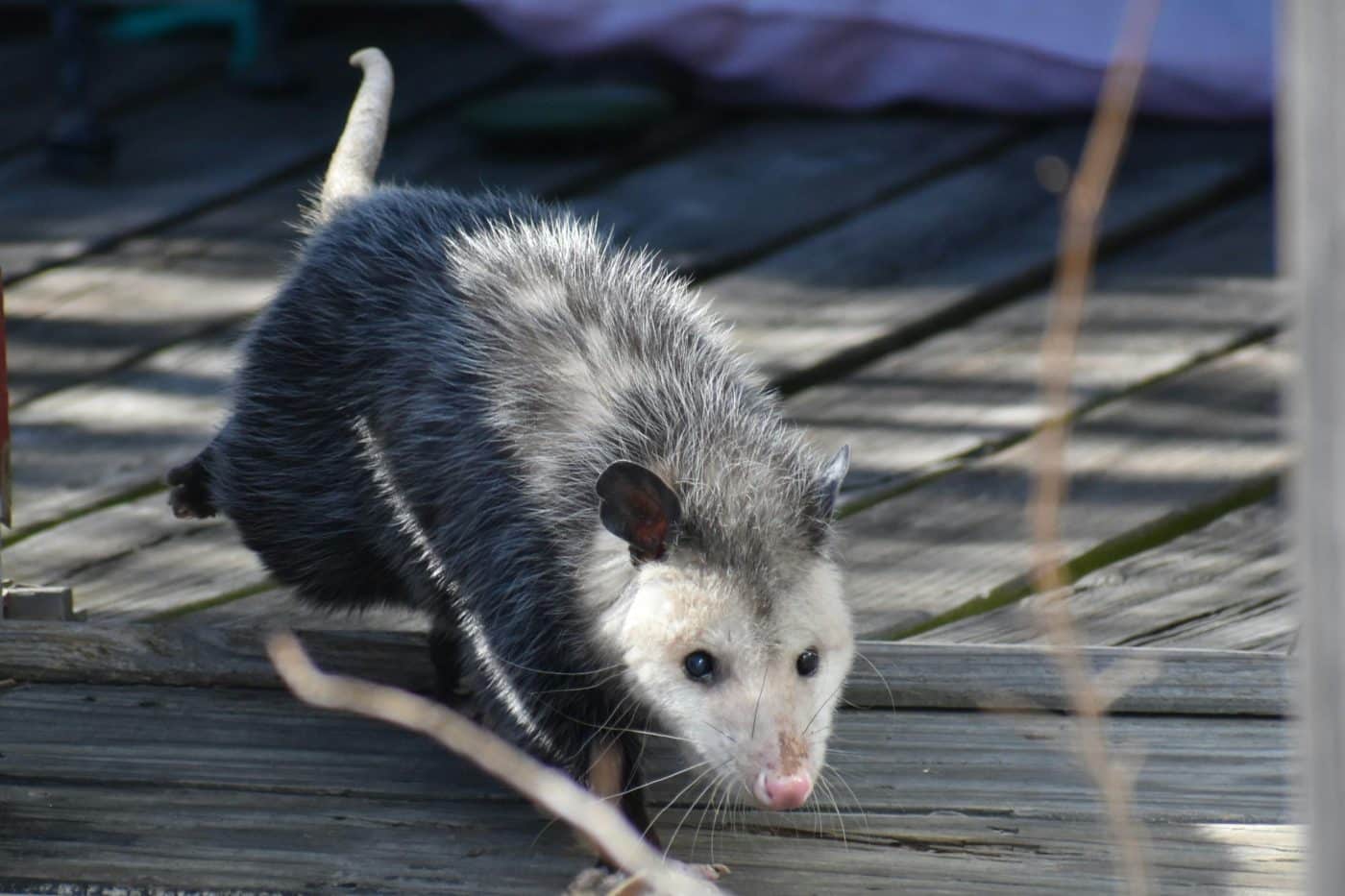

Opossums are nocturnal scavengers that have quietly thrived in urban settings, finding food and shelter in the most unexpected places. Their prehensile tails and ability to climb help them access hard-to-reach areas, such as attics or garbage bins. Known for playing dead when threatened, opossums have learned to avoid danger, ensuring their survival in cities. These elusive creatures are expert survivors, capable of adapting to the challenges of urban life.
Peregrine Falcon
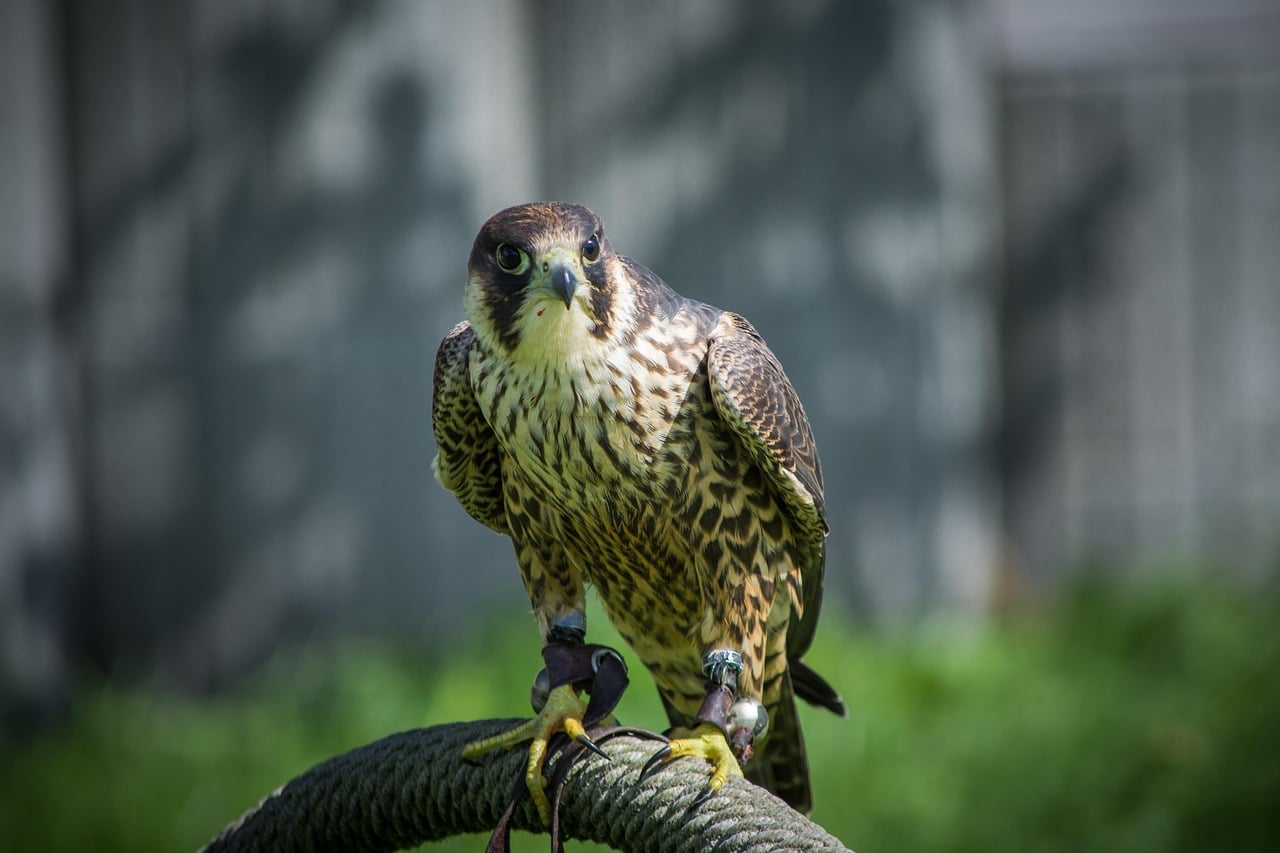

The peregrine falcon, the fastest bird in the world, has adapted remarkably well to urban environments. Skyscrapers and tall buildings mimic the cliffs they traditionally nest on, providing the perfect habitat. Their speed and precision make them deadly hunters, often preying on pigeons and other city birds. In urban landscapes, peregrine falcons are a testament to nature’s ability to adapt and thrive in human-made spaces.
Black Bear
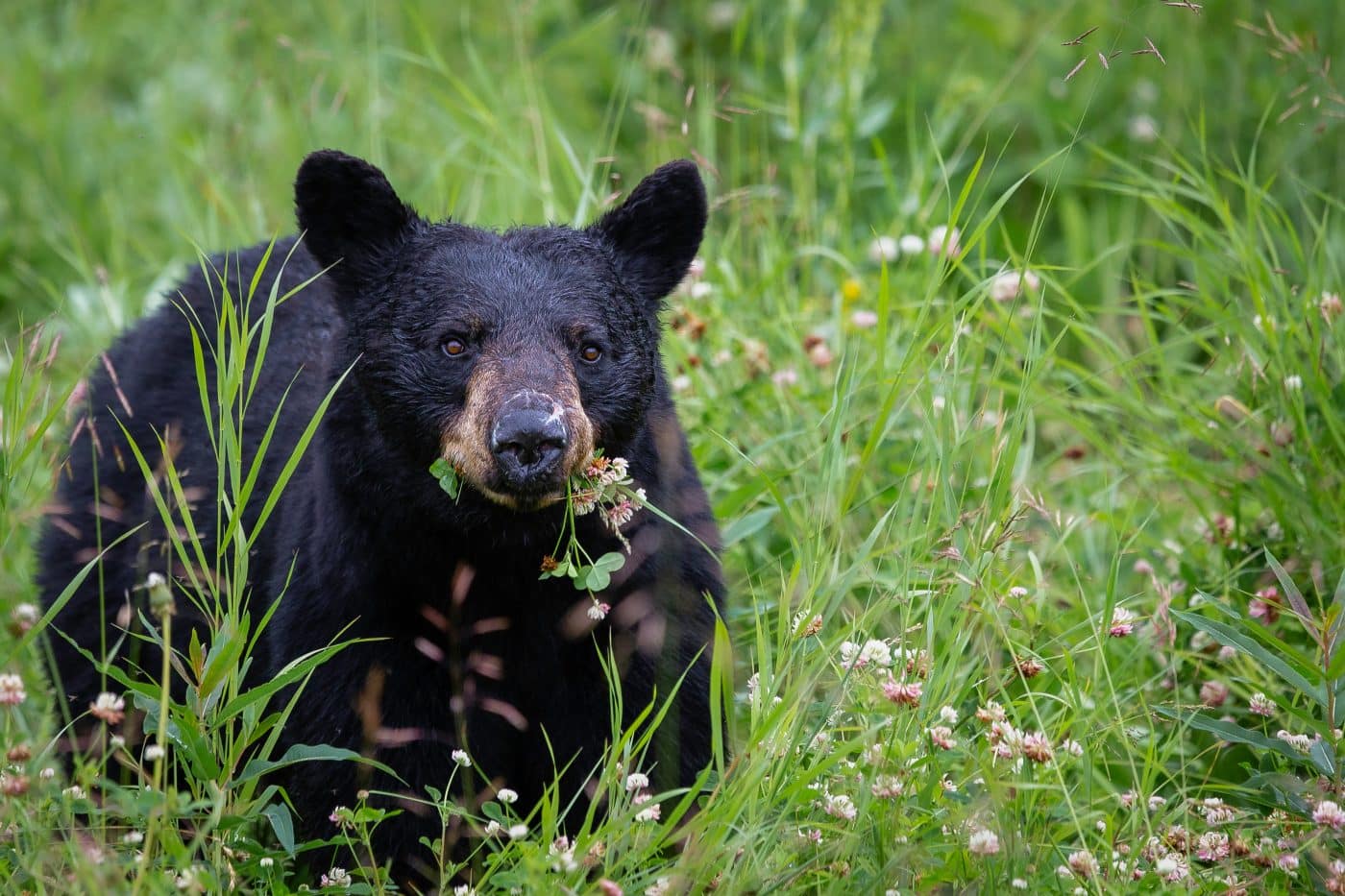

Although not often seen, black bears have become more frequent in urban areas as they search for food. These omnivores are drawn to easy food sources like trash cans, bird feeders, and fruit trees. Despite their size, black bears are surprisingly agile, able to scale fences and climb trees in search of meals. These creatures show that even large animals can adapt to urban life when resources are plentiful.
European Starling
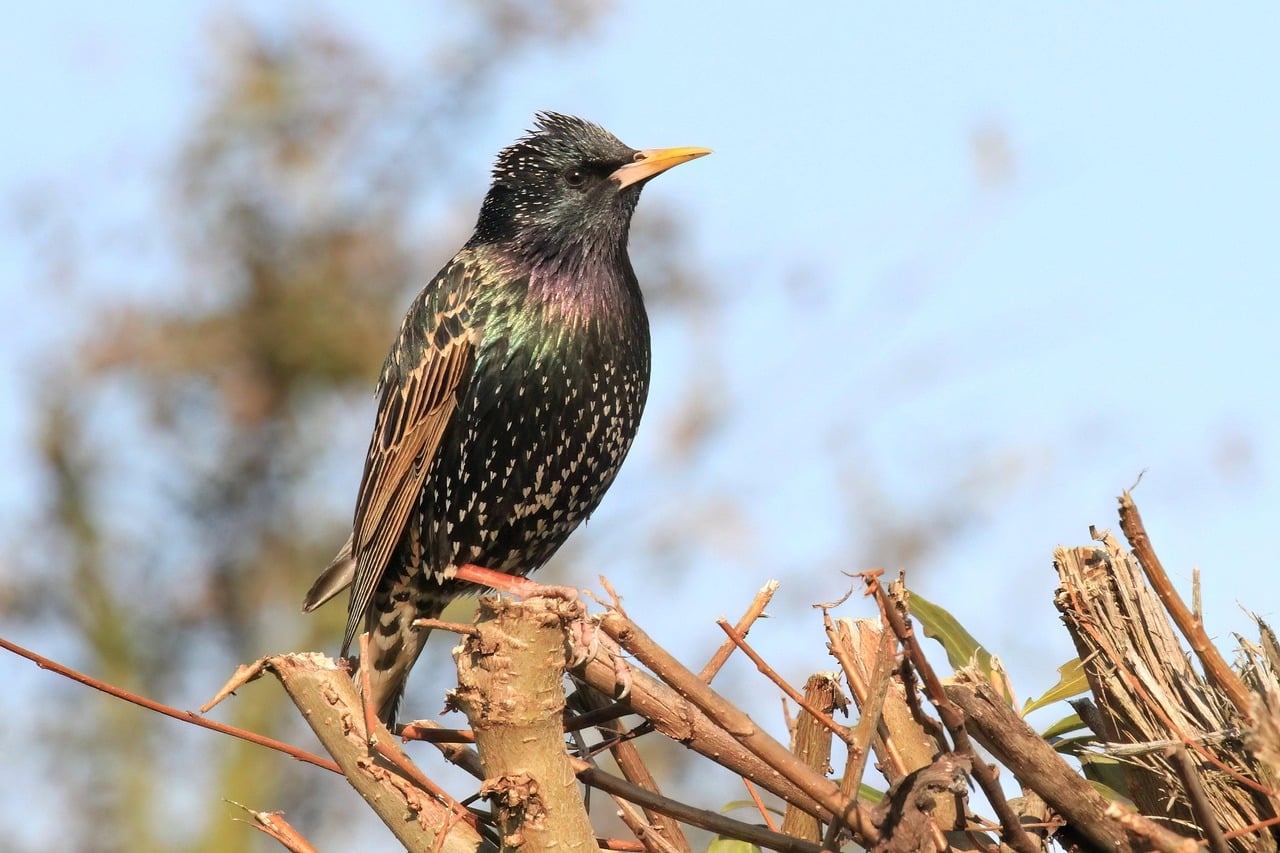

European starlings have become one of the most common birds in cities worldwide, thriving in large flocks. These birds are highly adaptable, feeding on anything from insects to human leftovers. Their ability to mimic sounds, such as car alarms or even human speech, adds a unique layer of entertainment to urban life. With their bold personalities and social nature, starlings thrive in the busy environments of cities.
Rat
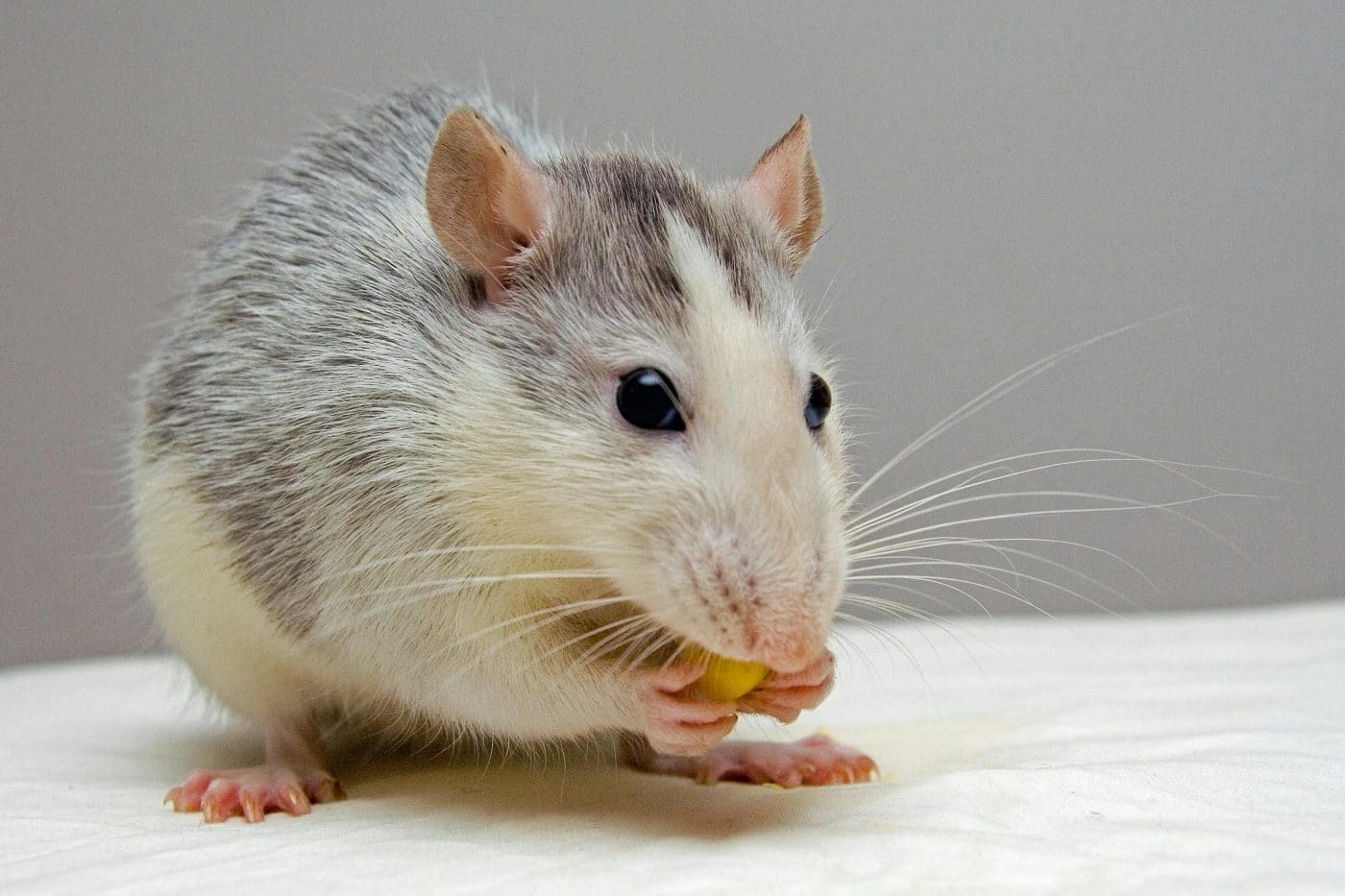

Rats are the ultimate urban survivors, thriving in cities by scavenging food, nesting in hidden corners, and even using sewer systems to navigate. These clever rodents have learned how to avoid traps and adapt to ever-changing conditions. Their intelligence and social structures allow them to outwit many predators and obstacles, proving that even the least glamorous animals can master the urban jungle. Rats’ resilience makes them an essential part of the city ecosystem.
Raccoon Dog
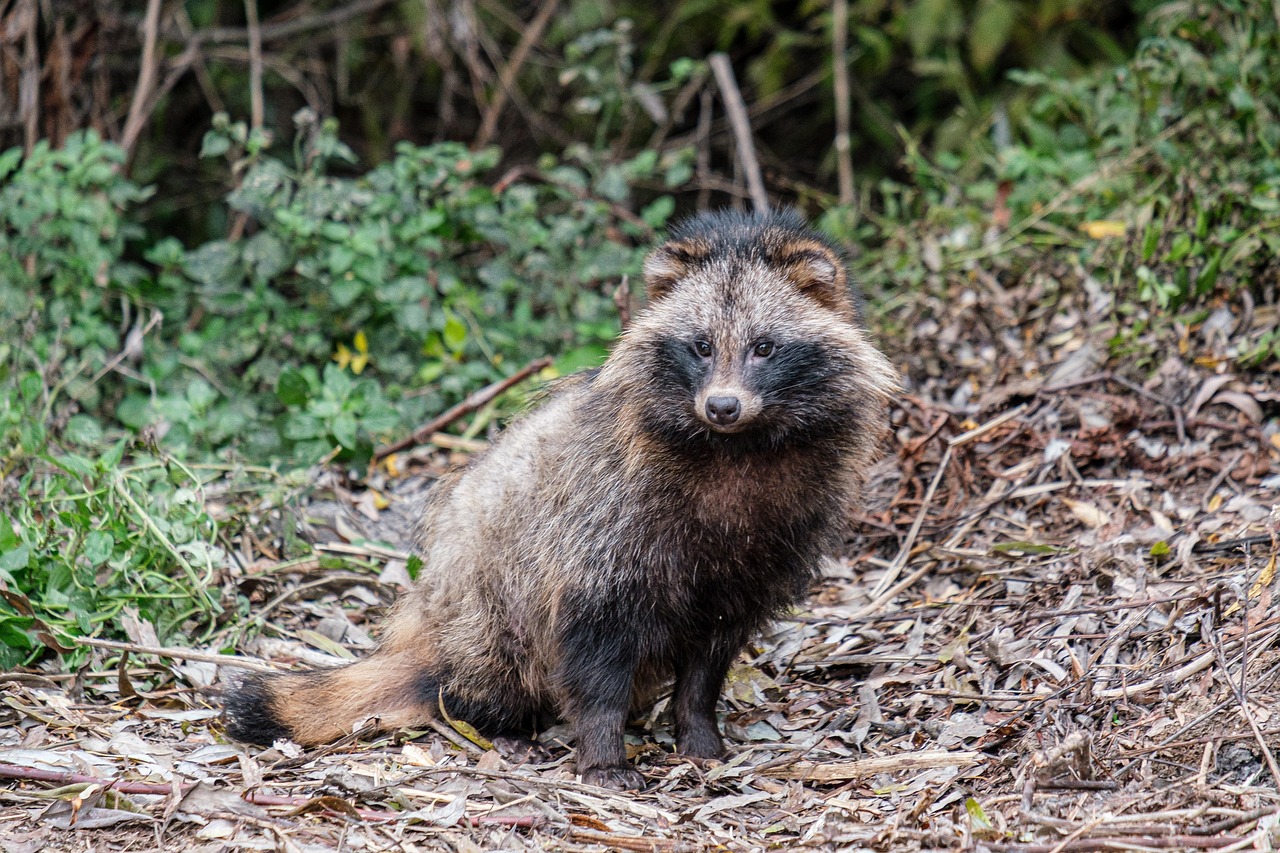

Raccoon dogs, native to Asia, have adapted well to urban life in Europe. These omnivorous creatures scavenge food from parks, streets, and garbage bins, proving their resourcefulness. Their fluffy coats and masked faces make them one of the most endearing urban adventurers. Despite their name, they’re closely related to foxes, and their ability to thrive in cities shows just how adaptable they are.
Green Iguana
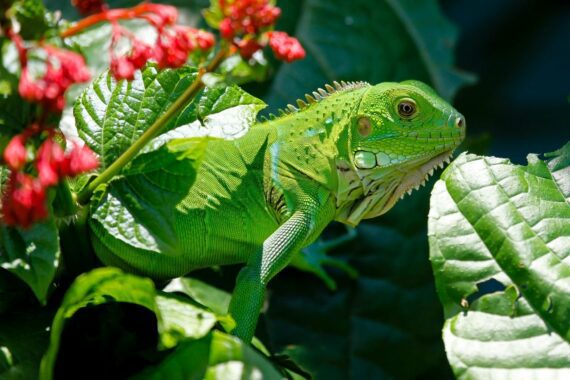

Green iguanas, often found in tropical cities, have proven that reptiles can also thrive in urban environments. These climbers are frequently seen scaling trees, fences, and rooftops in search of food, such as fruits, leaves, and flowers. Their bright green appearance adds a vibrant splash to cityscapes, making them stand out in the urban jungle. Their adaptability to man-made structures and urban greenery showcases their ability to flourish in cities.
House Sparrow
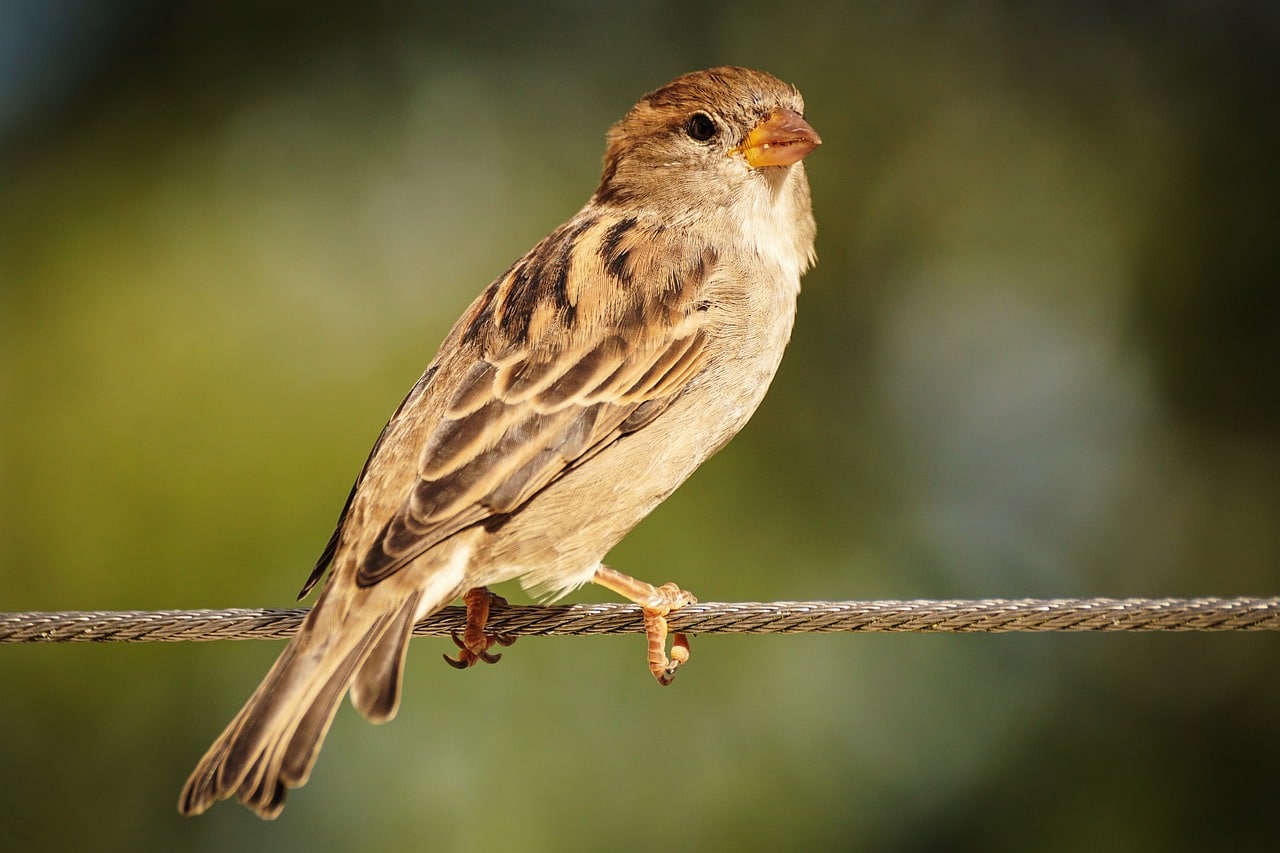

House sparrows are small but mighty city dwellers, thriving in every corner of urban life. These social birds forage for food in outdoor cafés, parks, and public spaces, adapting easily to human presence. Their fearless nature allows them to nest in urban structures, from windowsills to street signs. House sparrows bring a touch of nature to the bustling city, proving that even the smallest animals can find success in urban environments.
The Urban Wildlings
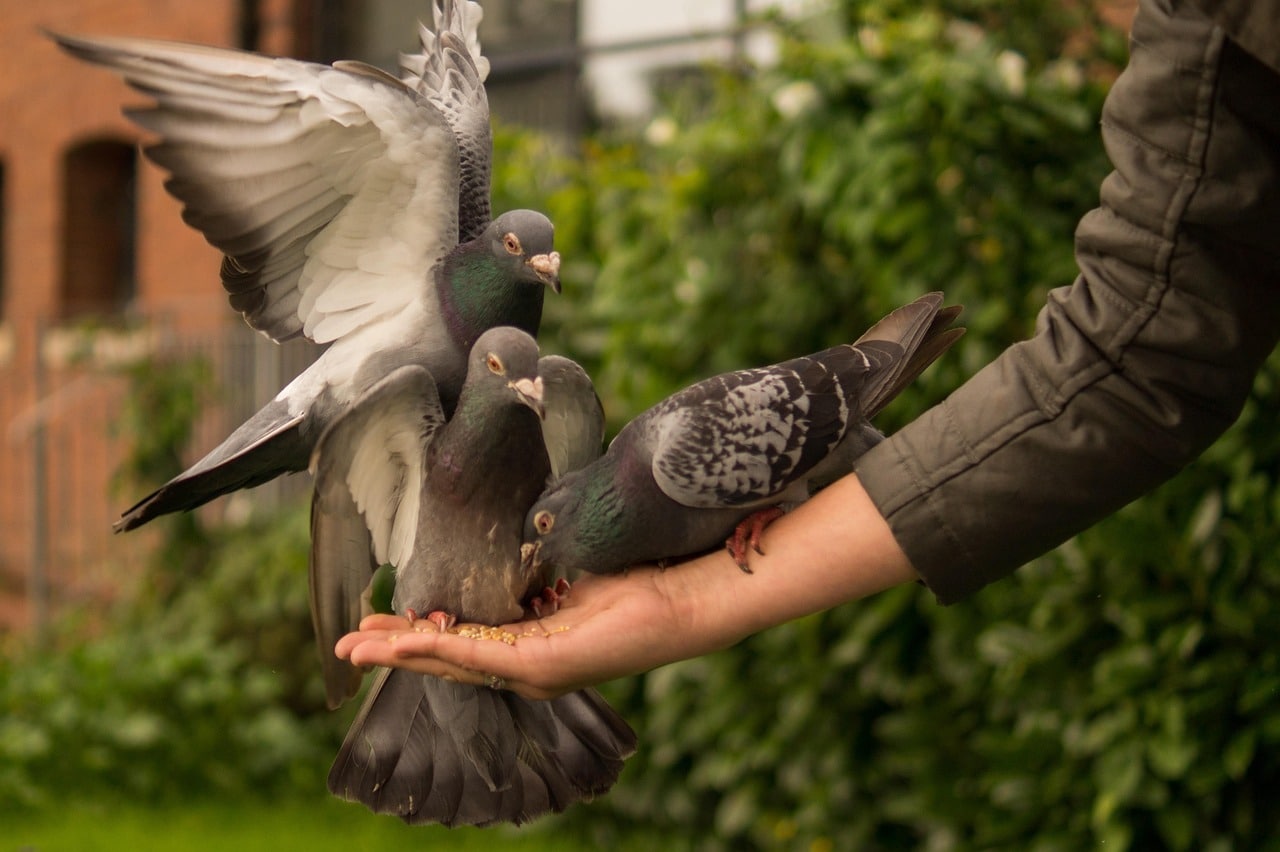

Urban environments provide the perfect opportunity for wildlife to adapt and thrive, highlighting nature’s resilience and resourcefulness. These animals prove that cities aren’t just for humans. They’ve mastered the art of surviving in bustling, human-dominated spaces, finding food, shelter, and safety in the most unexpected places. Their ability to coexist with urban settings and turn city life into their own adventure is a true testament to their remarkable adaptability. In these concrete jungles, nature always finds a way to survive and even flourish.




